The name `Ragdoll` came from the breed’s special trait- and this is they get floppy and lazy when you take them. Besides, they are popular for their royal beauty.
They’re highly sought-after with laid-back personalities, long coats, and blue eyes. They’re regal, loving, poisoned, and playful.
They love to roam around you and want to spend time and an eye on you- a very adorable trait. One of the largest domestic cats has a real royal vibe.
The breed name is Ragdoll because of being Floppy. They’re colloquially known as ‘Floppy cats.’
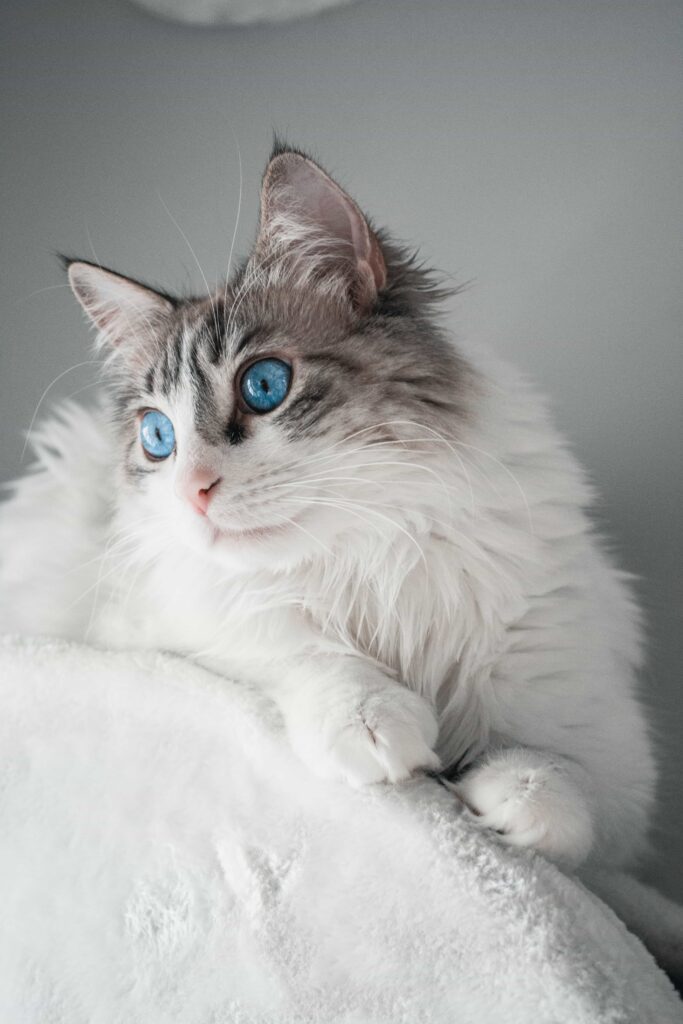

Jump to Sections
Breed specialty Of Ragdoll Breed:
Personality | Loving, laid-back, sweet |
Life expectancy | Upto 15 years |
Weight | Female up to 15 lbs and male up to 20 lbs. |
Length | 17-21 inches, excluding the tail |
Coat patterns | Semi-long and Silky |
Coat colors | Seal, Blue, Chocolate, Red, Cream, Lilac |
Energy level | Medium |
Affection level | High |
Frindliness with the kid | Very friendly |
Friendliness with the other pets | Very friendly |
Shedding level | High |
Grooming needs | High |
PLayfuness | Medium |
Vocalizing | Medium |
Intelligence | High |
Eye color | Always Blue. There are two kinds of Ragdoll, Mink, and Solids- they may not have Blue Eyes. |
Origin | USA |
Other names | Flop or Floppy cats. |
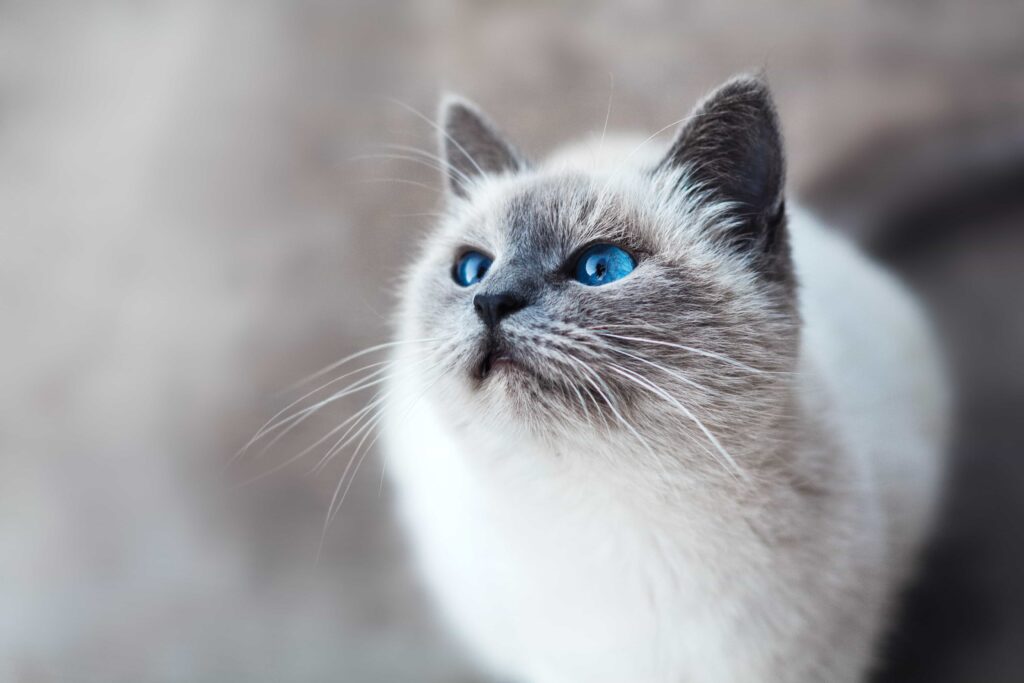

Origin of the Ragdoll breed:
The history of the Ragdoll is mysterious and also rumors are blended with it. We all know that the Ragdolls are the descendants of a street cat, named Josephine.
The history begins in the 1960s. Josephine is a long and white-haired cat. Josephine’s breed was unknown. Josephine lived on the riverside in California, USA. Someday, Josephine and her kittens were hit by a car but luckily survived. Ann Baker, who was a famous and established Persian cat breeder, helped them to survive. Josephine was pregnant at that time.
Ann Baker managed to save her kittens. After the accident, Josephine became totally docile and her kittens inherited her white beauty and docility as well.
The kittens attracted Ann Baker and she brought them near to her. The kittens were the founder of the breed- Ragdoll.
Josephine had 4 kittens. The male kitten’s name was Daddy Warbucks. He had a cream-colored coat, dark points, and white mittens.
He was recognized as the first Ragdoll and met with a second-generation kitten and produced 2 descendants.
The National Cat Fanciers Association (NCFA) registered Daddy Warbucks and her kittens as the first registered Ragdolls in 1966. From then the breed became popular a rocket speed.
Ann Baker trademarked the name in 1971 and she founded the International Ragdoll Cat Association and set strict guidelines for breeding.
The Ragdoll Fanciers Club Association (RFCI) introduced the breed to the UK. In February 2000, the Ragdolls Hard-won Champion was granted. Now the breeding of Ragdolls is stabilized all over the world.
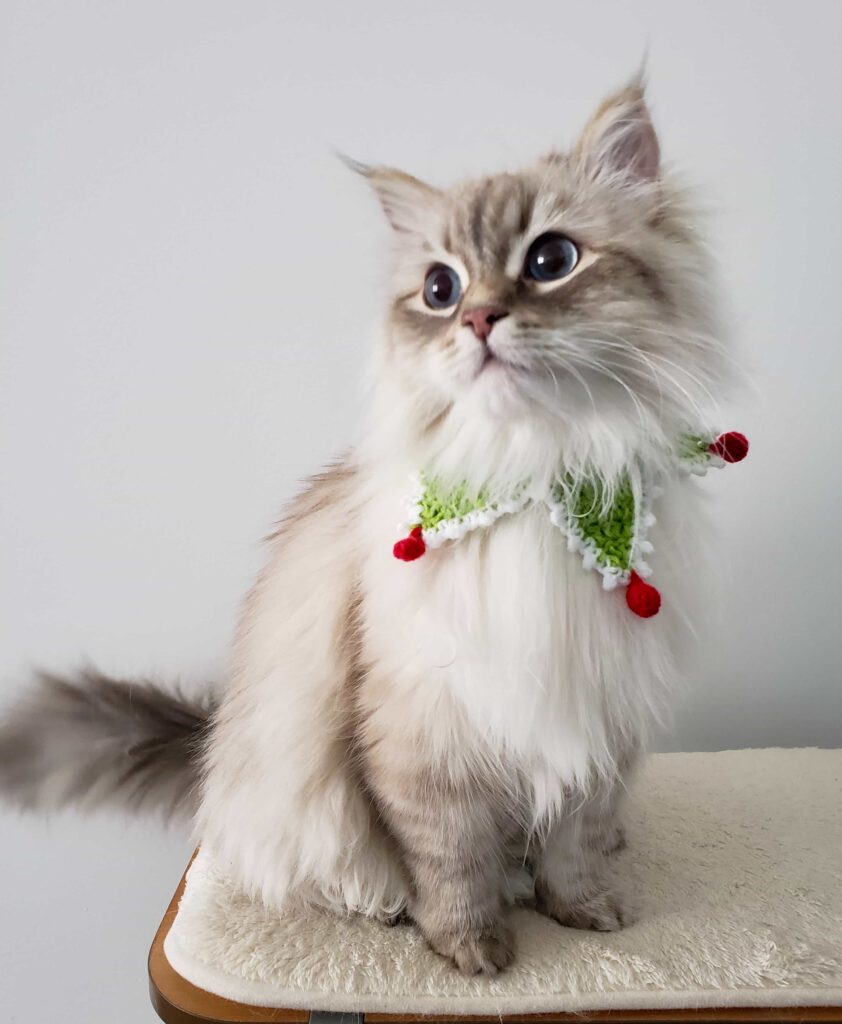

Appearance Of The Ragdoll Cat breed:
I have already told you that Ragdolls have a regal look. They’re mostly large-sized but some are medium. Fully grown males are up to 20 lbs and females are 15 lbs.
The coat is semi-long, silky, and plush to the touch. There is a common misconception about the Ragdoll is- it doesn’t have a double coat.
The Ragdoll undercoat is medium in density. The coat comes in four patterns such as bi-color, van, mitted, and color-point with 6 colors- Seal, Blue, Chocolate, Red, Cream, and Lilac.
The eyes are large and astonishing with blue colors. The other eye colors are not allowed. They are slow-growing cats, taking 3 years to reach full size. They have a fatty area on their lower abdomen.
Their legs are strong, flat heads, A long passage between the two ears, Cheeks are big, and a short nose with a curved profile.
The body is long and big with a semi-long coat and the neck is short. It sounds peculiar but it is a unique look. They have big and fat furry tails- that resemble Squirrels’ tails.
Ragdolls coat colors, points, and patterns:
Traditional coat colors: Blue, Seal, Chocolate, Lilac, frame, or red colored coats.
Traditional points: Solid, Lynx, Torbie, Tortoiseshell points.
Traditional coat patterns: Bi-color, Colorpoint, Van, Mitted.
Some controversial color patterns: Mink, Solid, Cinnamon, and Black coat color.
Temperament and nature of Ragdoll breed:
- Always happy, calm, and cute.
- Vocalize in 2 ways one is angelic- most of the time they meow and chirp and the second one is loud meowing- when they’re hungry.
- Very patient. Especially with children and other pets.
- A true lover and love for the whole life. They love so much their owners and families. They also greet their owners from the door.
- Appropriate as their name. That means they like cuddling and staying in a holding position like the Ragdolls. So, they are named so.
- Lazy than the other breeds. They’re not so active and playful. They play in childhood but adult cats are not so.
- They search for food. When you are preparing food don’t get surprised if they want a piece of meat and fish from you. When you’re not in the kitchen, they went there for searching food.
- They’re very quirky, silly, and crazy. One moment they look at you with a serious look and the next moment they will run away kissing you.
- They’ll help you with gardening, and cleaning and also stay near to you when you are gloomy and upset.
- Make fun with their owners.
- You can leave them alone for long hours.
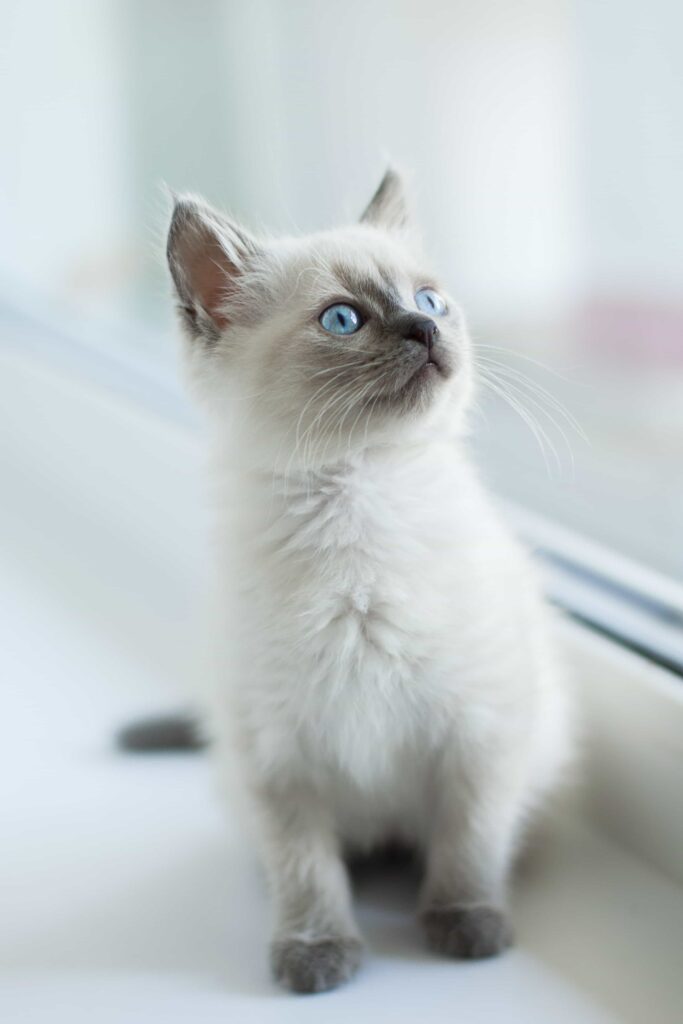

Caring, grooming, and exercise tips for Ragdoll cat:
The other caring is the same as the other cats but brushing is very important for your Ragdoll. As they have a semi-long coat so they need daily brushing. Some Ragdolls throughout the year. Caring for their teeth, eyes, and ears, bathing, and vising the vet after every 6 months is the same as other breeds.
Health and problems Of Ragdoll Cat:
The Ragdolls are very much hardy and healthy. They usually don’t suffer from health issues. But they often suffer from heart disease, called Hypertrophic Cardio Myopathy (HCM). It can cause death.
So, take your Royal cat to the veterinarian after every 6 months. They also suffer from-
- Mouth and gum disease: They face the problem their whole life. So, take care of their teeth and provide dry food and enough fresh water so that their teeth and kidney- both remain healthy.
- Respiratory Tract Disorder (RTD): There are 2 kinds of RTD- upper and lower. Upper means- nose, nasal passage, and windpipe and lower means small airways and lungs section. These problems are responsible for sneezing and nasal discharge.
- Kidney disease: Polycystic Kidney Disease (PKD) means growing cysts on the Kidney which is responsible for litterbox issues. Besides, infections, blockage, and toxins can create problems in the Kidneys.
- Gastrointestinal disorder: it affects the Gastrointestinal Tract. When poisoning and infections occur in the stomach area, then the cat vomits and stops intaking food. So, a high-quality feline diet is required for all pets.
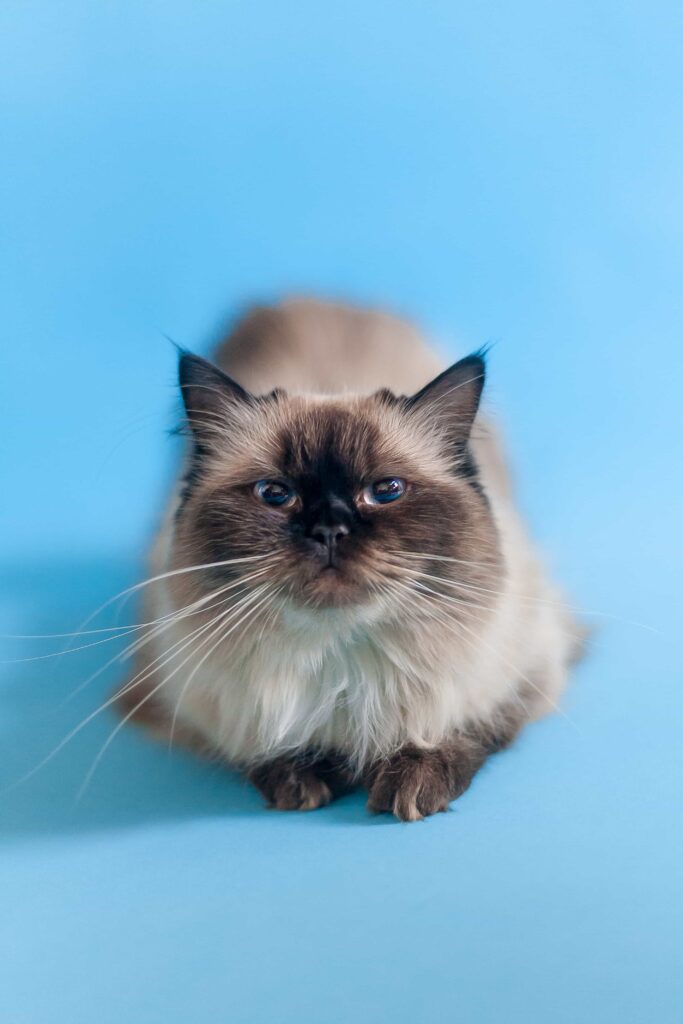

Food and nutrition tips for Ragdoll Cat:
Give your Ragdolls wet foods with fresh and clean water to keep their Kidney healthy. As cats are carnivorous so they need high proteins and nutrients. Ragdolls are not so active and playful.
Provide them 2 times meal 3 times meal in adulthood and old age, and 4-5 times in childhood.
Specific needs:
Ragdolls have large and stocky bodies and a tendency to obesity.
So, you have to engage them in playing, running, and climbing on cat trees. They also need people most of the time and other Ragdoll cats around them.
Some facts about Ragdolls:
- All Ragdolls are born white in color. It starts changing after 1 or 2 weeks of their birth.
- They’re very silly and often get mischievous to learn something or try to open the doors, cupboards, and refrigerators.
- Ragdoll is a larger cat breed.
- You can take them just like a doll. So, they’re named ‘Ragdoll cats.
- When they run, seems to a ball of fur is running.
- They will seize you by sitting on your papers and keyboards.
- Except for the controversial colored Mink and Solid Ragdolls, the breed is Blue-eyed. So, if your Ragdoll has another eye color then it is not a purebred.
- They adore fetch time.
- Ragdoll is a slow-growing breed. They need 4 years to grow and sometimes more time.
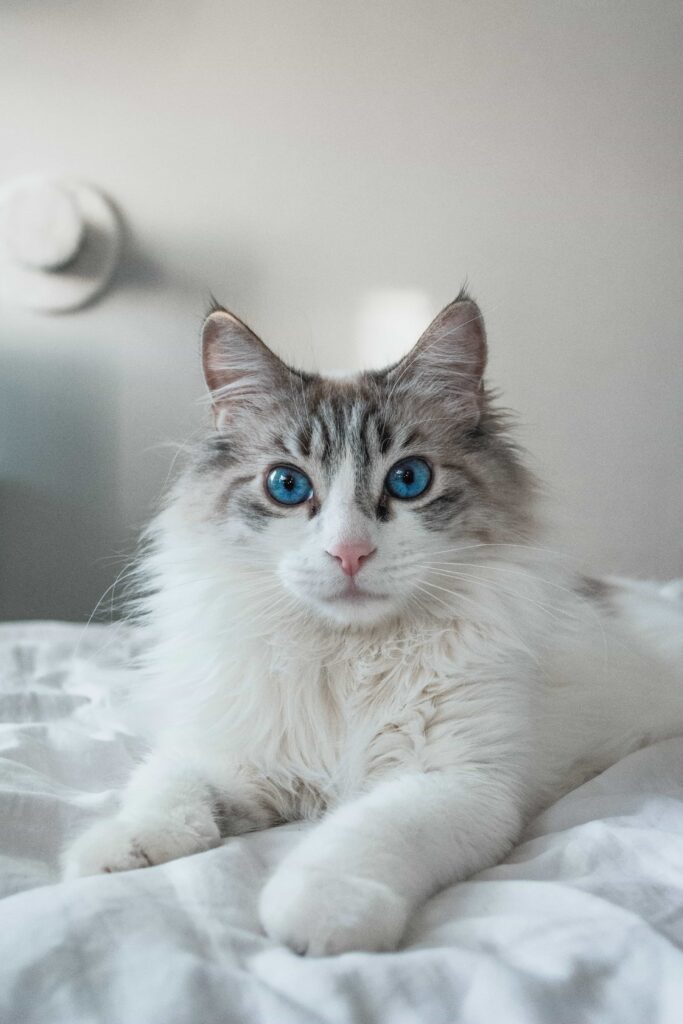

Breed Overview Of Ragdoll cat Breed:
If you want to add a sweet, soft, docile, and cuddly cat to your house Ragdoll is the best opinion. Moving forward, they are very friendly with other pets, strangers, and persons of any age, and obviously with children.
They have a very cute and sweet look just like a doll and their behavior is also like teddy bears.
That means you can hold them like teddy bears. When they run, you’ll see a zooming ball of fire running.
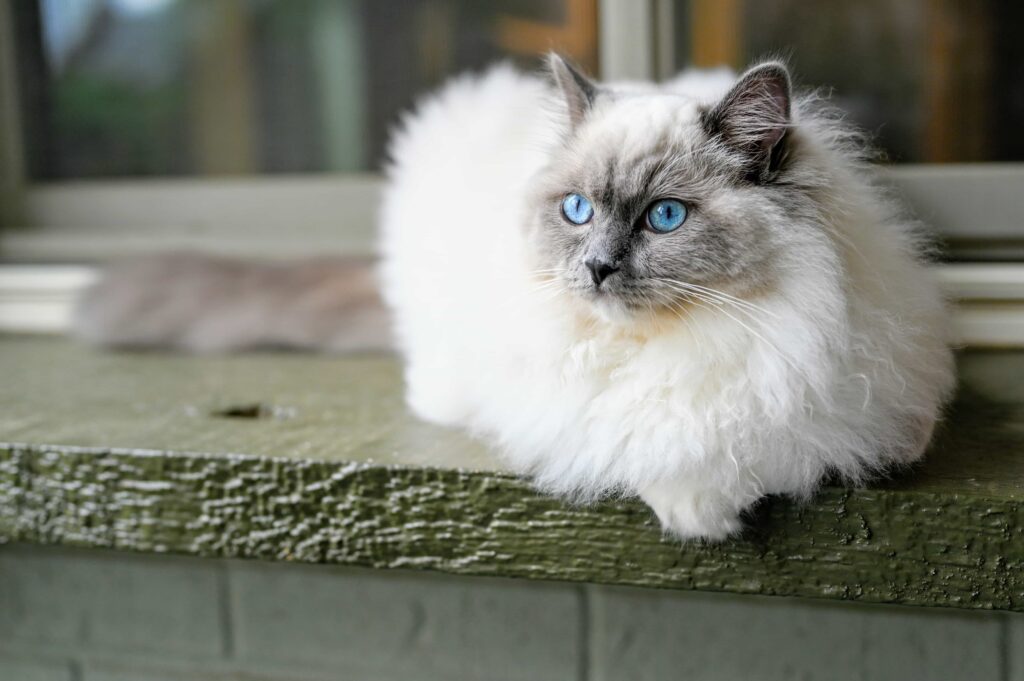

Important tips to get a Ragdoll cat:
Gettin from a rescue center: you can contact ‘Ragdoll Rescue Organizations. But there are no centralized rescue organizations for Ragdoll cats. So, you may check on local rescue groups.
You may also check the shelters. When an owner dies or their financial condition becomes worse, at that situation pets are sent to the shelters.
You can get a Ragdoll from there but one thing that you have to keep in mind is that Ragdolls are mistakenly grouped under Himalayan or Siamese.
So, take the pet care. You can also ask any reputable breeder if he has any older Ragdoll breeding. Then you can take it from there.
Adopting from a breeder:
You can also adopt from a local and reputed cat breeder. Before adopting, make sure that the breeder is respectful to the ‘Pet Lemon Laws’, has adequate knowledge about cat breeds, and also provides you with the certificates and test and research results that are conducted on the pet.
Buying from reputed catteries: there are so many catteries that you have in your area and most of them have their own websites.
So, search there and buy your fav Ragdoll.
Not only Ragdolls, but you should also take any pet to the veterinarian immediately after buying to tress any health issues.
Questions to be asked the seller about the pet’s- health issues, temperament, nature, attitude towards the workers, visitors, and children, food habits, grooming, and exercise needs, Will the seller bear the responsibility after selling the pet? etc.

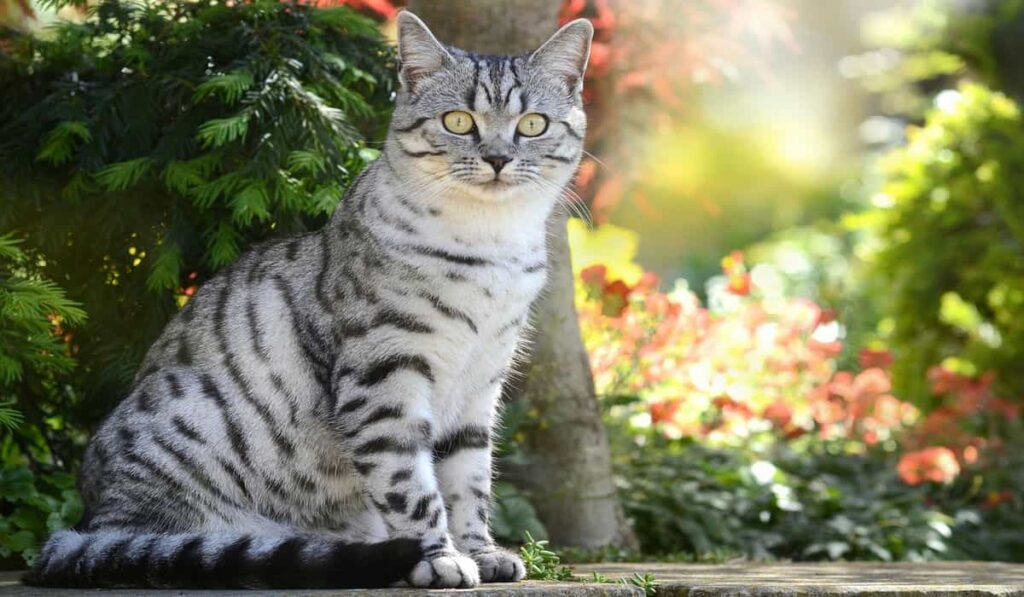
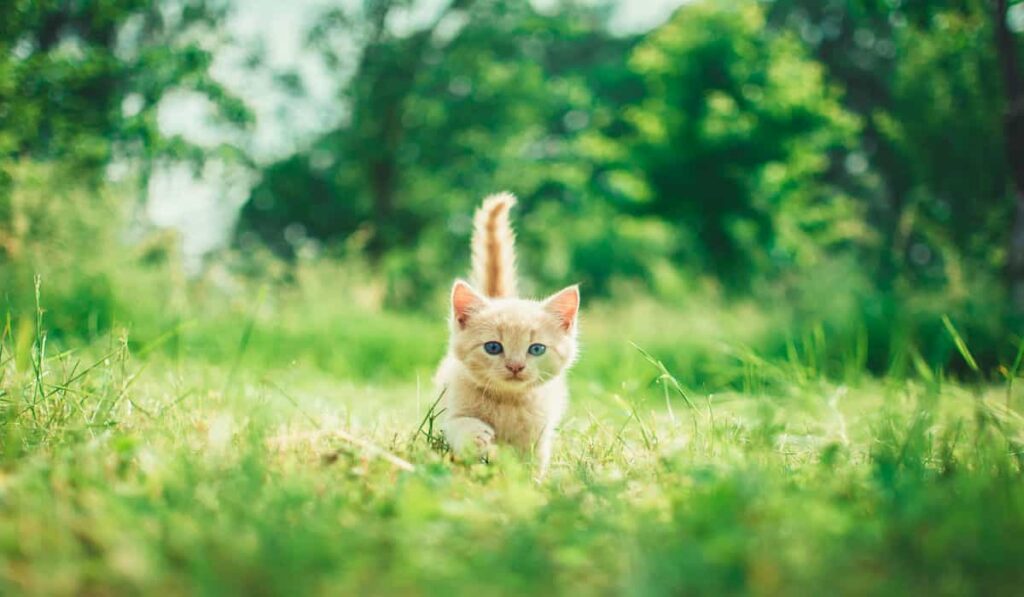
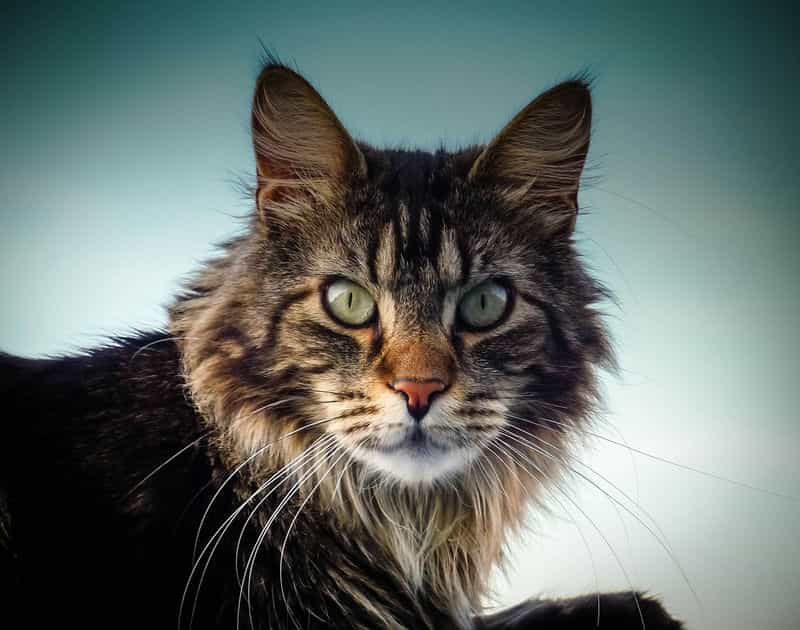
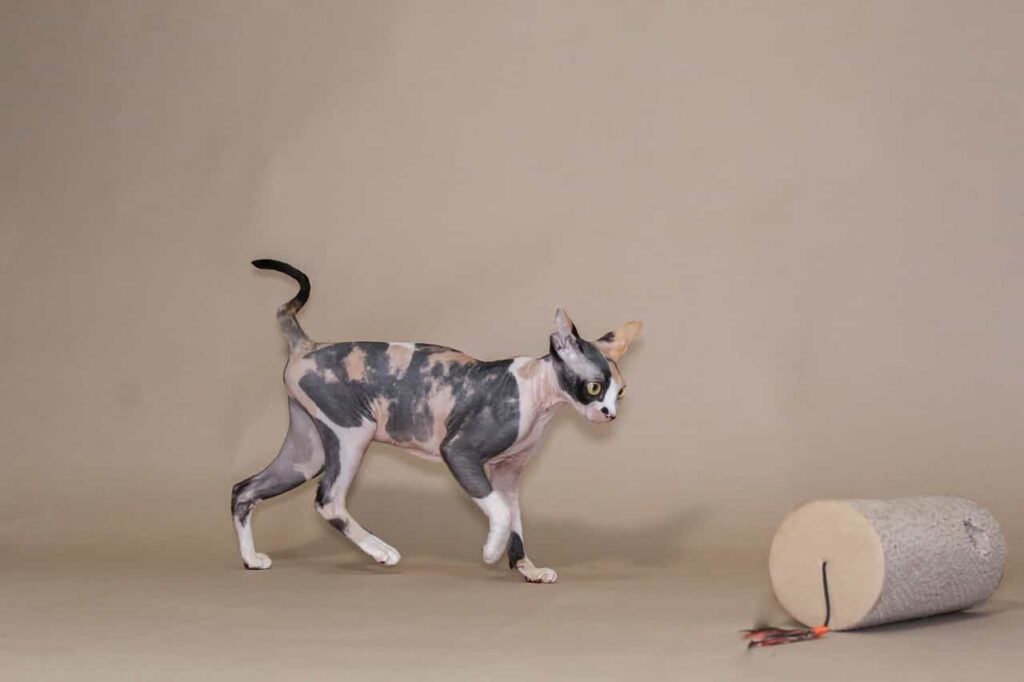
Pingback: Ragamuffin Cats: The Ultimate Guide To Their Characteristics And Traits